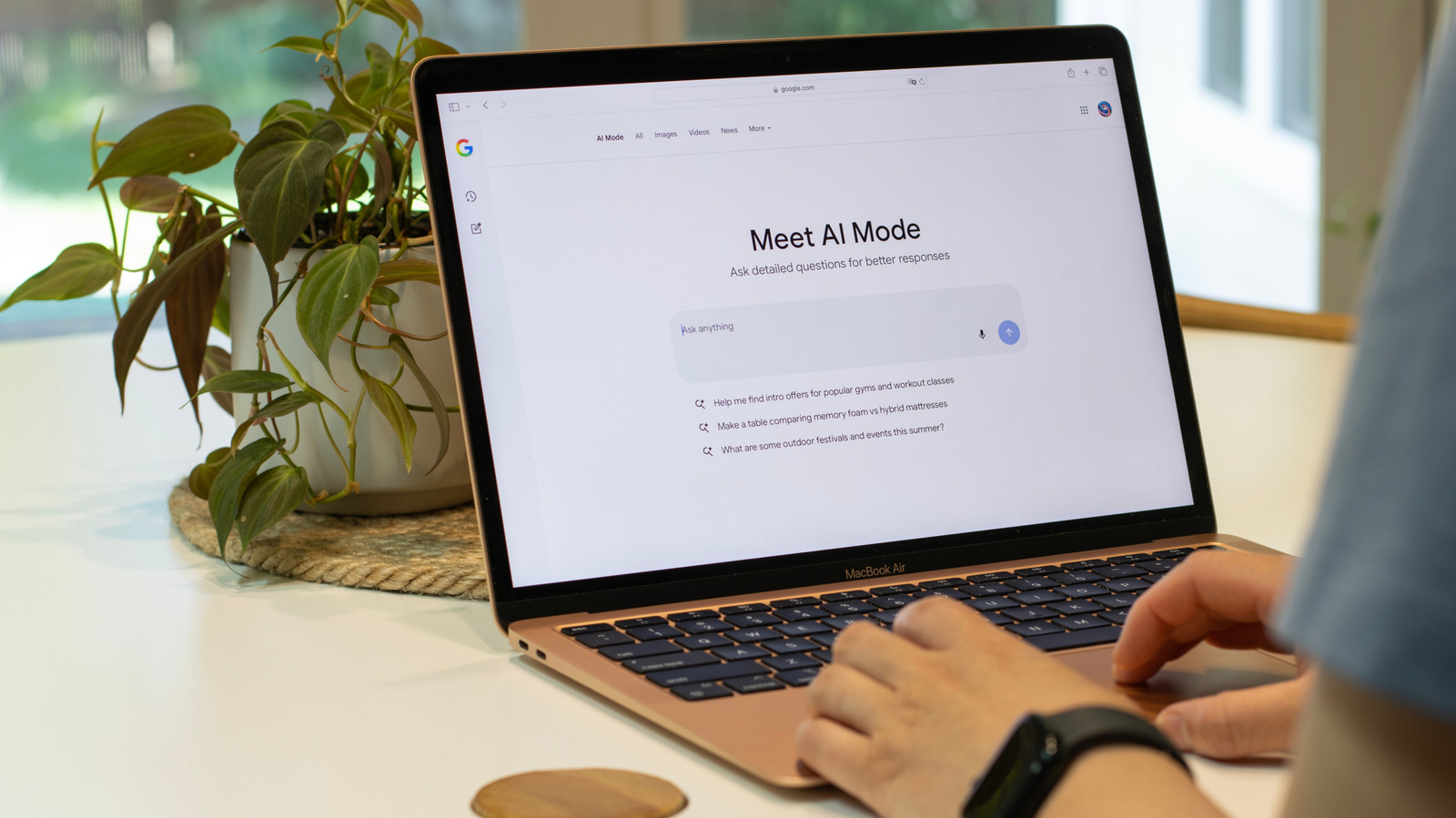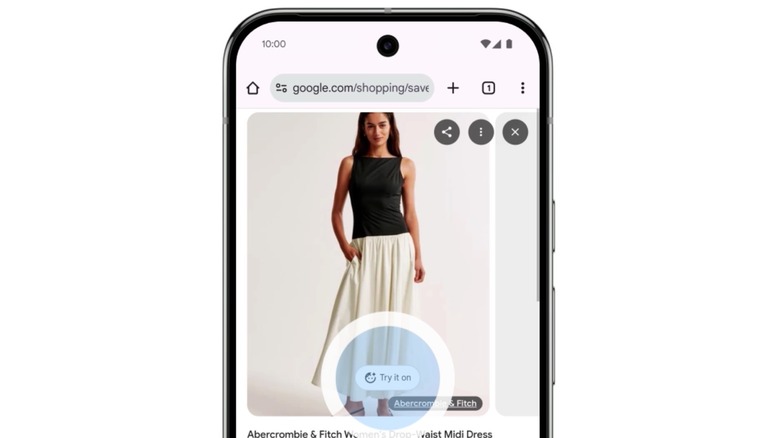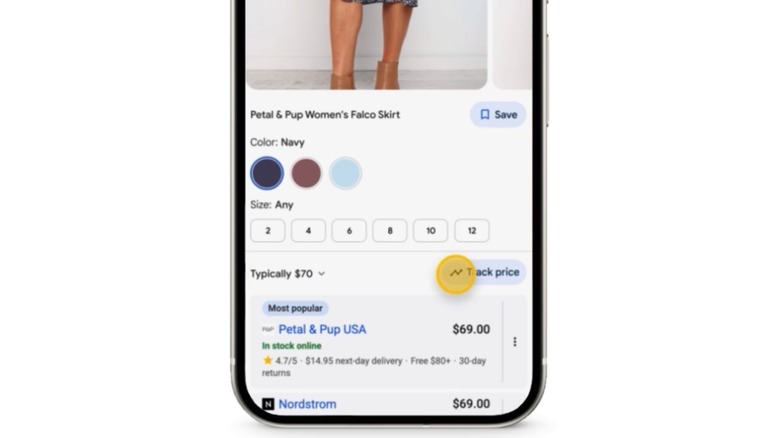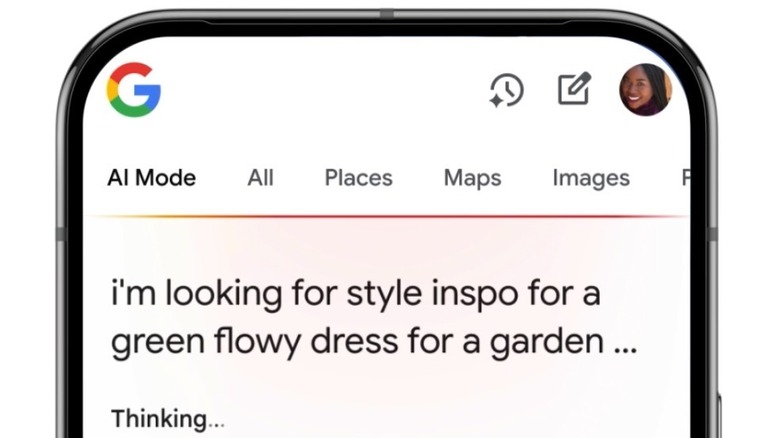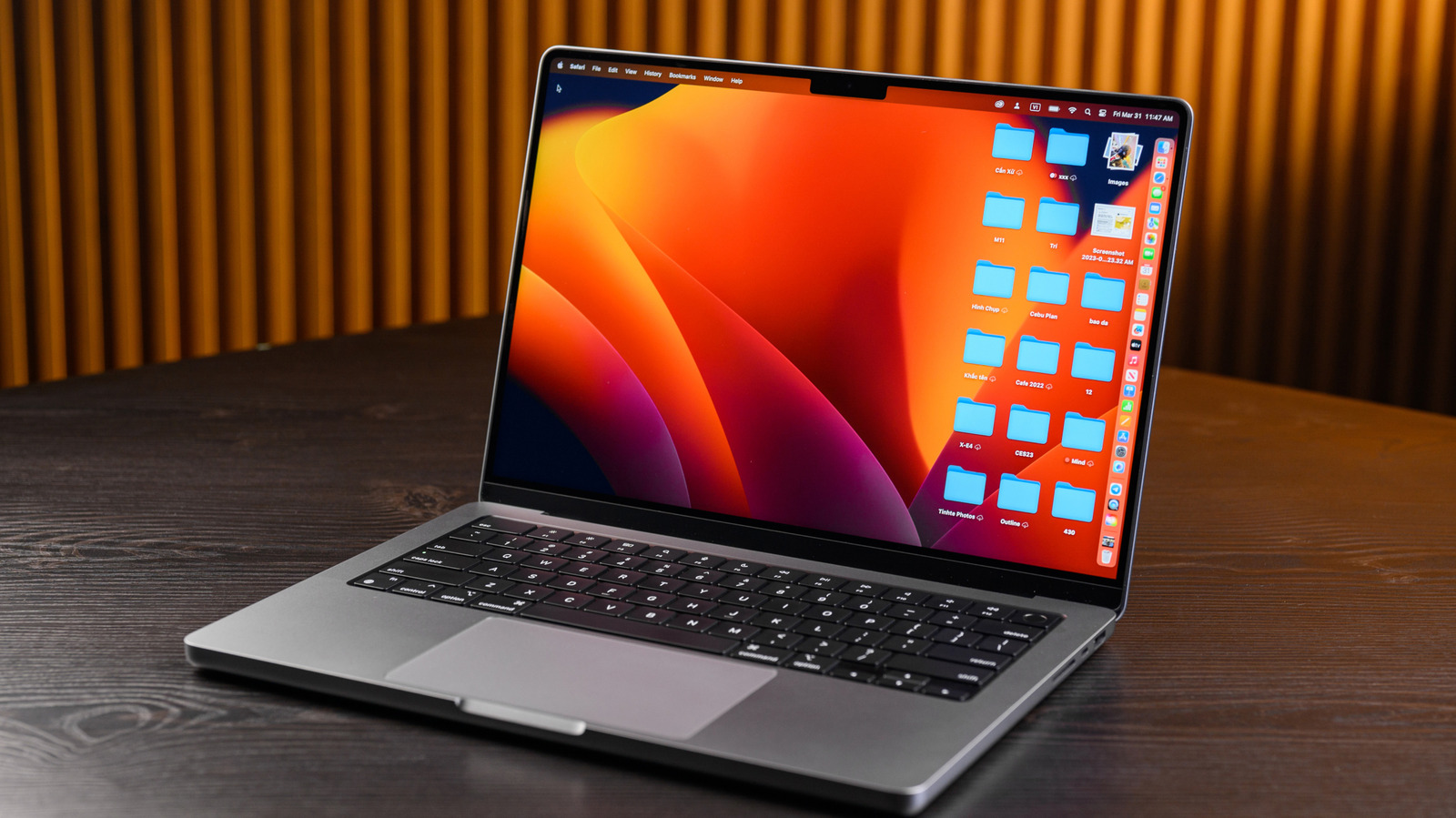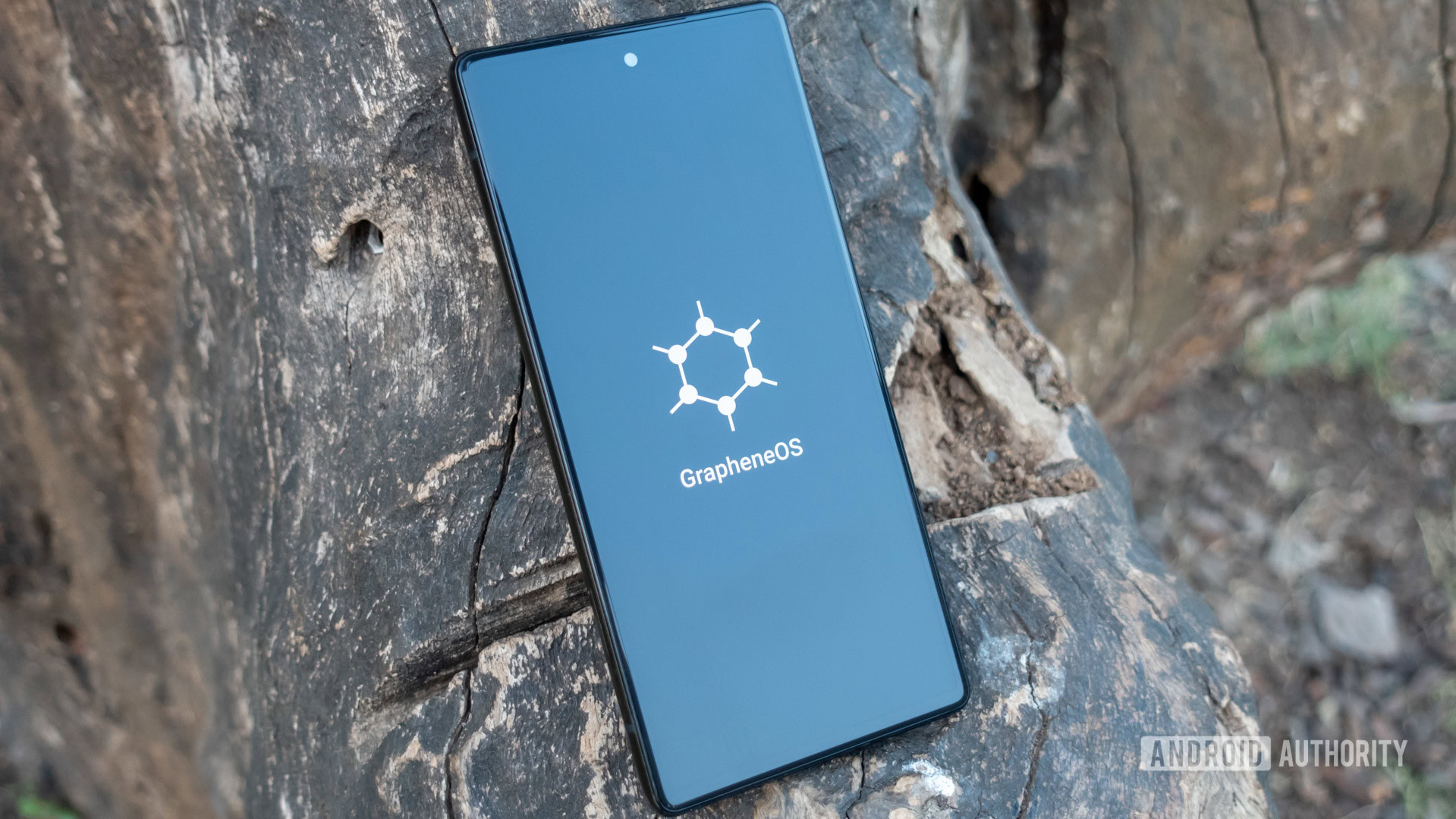After adding a few exciting AI features to Google Photos and YouTube on Wednesday, Google on Thursday announced three new features that should help you make the most of online shopping during the back-to-school season and future shopping sprees.
The features aren’t exactly new if you’ve followed Google’s AI innovations closely. Google announced some of them at Google I/O 2025 and allowed limited testing via Search Labs experiments. Google is now ready to offer some of the new shopping-related AI tools it has developed more widely.
U.S. shoppers will be the first to experience the “try it on” and “track price” features. Both AI tools will be available in Google Search this week. Later this fall, Google will roll out a “vision match” tool in AI Mode. Again, American Google Search users will be the first to use this feature. It’s unclear when these new shopping-related AI features will roll out internationally.
Try it on – how it works
Try it on is easily one of the most interesting AI features coming out of I/O 2025. You can use it to try clothes virtually without leaving your home. All you have to do is upload a photo of yourself and then let the AI do its magic. That magic consists of the AI figuring out your body shape, analyzing the materials, and then fitting clothes accordingly.
Try it on is available in Google’s Shopping Graph across Google Search, Google Shopping, and Google Images. The feature will work with billions of apparel items available in these shopping-related products. All you have to do to determine whether an item supports the feature is look for the “try it on” icon. Once you find it, tap the icon and start trying on clothes virtually.
The feature shouldn’t be confused with Google’s Doppl, a standalone AI app that lets you do the same thing. Both Doppl and try it on are based on technology that allows AI to understand human anatomy and clothing.
“This state-of-the-art technology is the first of its kind working at this scale, allowing shoppers to try on billions of items of clothing from our Shopping Graph,” Google explained earlier this year. “It’s powered by a new custom image generation model for fashion, which understands the human body and nuances of clothing — like how different materials fold, stretch, and drape on different bodies. It preserves these subtleties when applied to poses in your photos. The result is a try-on experience that works with photos of you.”
Track price – how it works
If try it on works as intended, you’ll quickly find new clothes and styles to buy during the back-to-school shopping season. But you might not always like the sticker price. That’s where Google’s “track price” feature will come in handy.
Rolling out on Thursday, the new feature will let you tap a “track price” button for items that appear in Google’s Shopping Graph. The AI lets you specify the preferred size, the color, and the price you’re willing to pay. You’ll be notified when the price drops for that particular item, so you can buy it at a discount.
The feature won’t let you instruct the AI to buy clothes for you. Such a feature is probably coming down the road. But at least you’ll get an early warning when the price drops. You can use the track price feature for as many products as you want.
Vision match in AI Mode
Vision match is also an exciting feature coming to Google Search via AI Mode. It lets you use natural language to look for a specific type of clothing. Google offers an example of an AI Mode user typing in the following prompt: “I’m looking for style inspo for a green flowy dress for a garden party.” The AI performs a search and then lists several items that fit that description, complete with scrollable images, descriptions, and links to the online shops selling them.
AI Mode has access to 50 billion products in the Shopping Graph for the vision match feature. It’s unclear whether vision match also works with try it on and track price. However, it’s probably safe to assume that any clothing item in the Shopping Graph will let you try it on virtually, whether you find it with vision match or a regular search. The same goes for the new price tracking feature.

